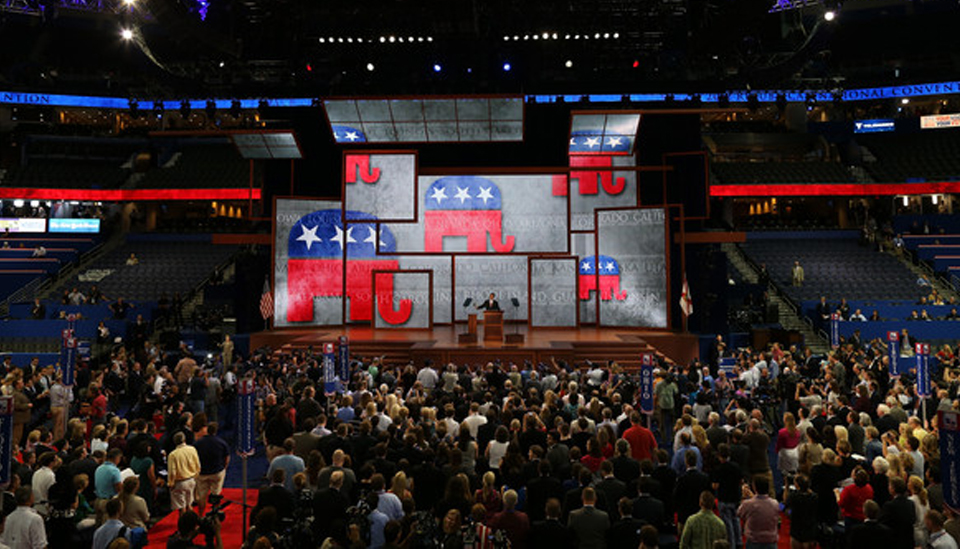As the Republican National Convention prepares to kick off on Monday in Milwaukee, presumptive GOP presidential nominee Donald Trump and his fellow Republicans aim to capture the national spotlight. President Joe Biden and the Democrats will have their turn next month, with their convention starting on August 19 in Chicago. Despite concerns about his recent debate performance, Biden maintains his intention to remain in the White House race.
Both conventions are expected to be filled with rhetoric about each nominee’s economic track record and criticisms of the opposition’s proposals. But what does the stock market reveal?
As of Thursday’s close, the S&P 500 (SPX) has gained 45% since Biden’s inauguration on January 20, 2021. This is a notable rise over roughly three and a half years, especially considering the index’s 19% decline in 2022, driven by the Federal Reserve’s interest rate hikes to combat inflation.
Comparatively, the S&P 500’s performance at the same point in Trump’s presidency saw a gain of 40%. While both presidents have had significant market impacts, many analysts argue that presidents often receive too much credit or blame for the economy’s performance, including the stock market.
The market’s plunge during the early days of the COVID-19 pandemic under Trump is a prime example. Analysts suggest that the market would have reacted similarly regardless of who was president at that uncertain time in 2020. Ed Mills, a Washington policy analyst and managing director at Raymond James, noted earlier this year that market reactions to global events like a pandemic would not be significantly different based on the party in the White House. He also pointed out that support for COVID stimulus was overwhelmingly bipartisan at the pandemic’s onset.
Biden and Trump have frequently clashed over stock market performance. Biden has criticized Trump for predicting economic disaster under his administration, while Trump has taken credit for this year’s market advances.
For more detailed insights and updates, stay tuned as both parties lay out their economic visions at their respective conventions.

